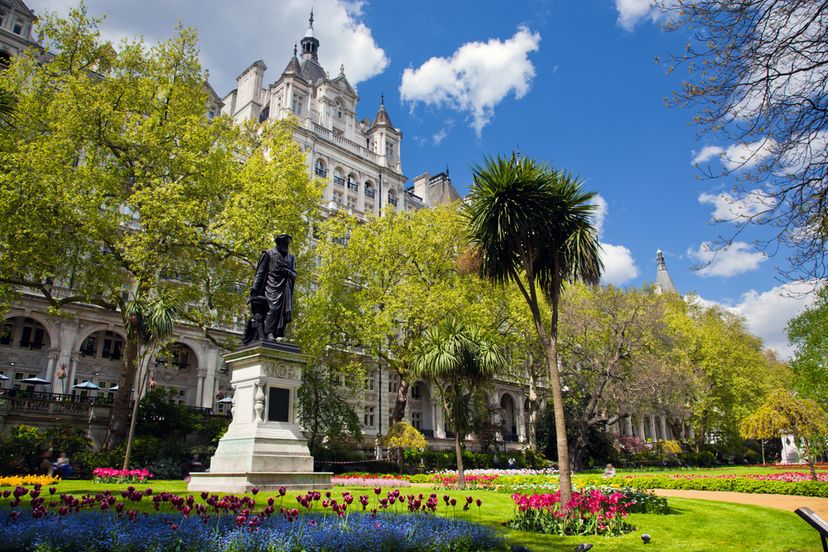
Although today’s London is a dramatically different landscape than it was in the 19th century, it still contains well-preserved remnants of the old days. With its rich, complicated layers, you’ll find a page out of history around every nook and cranny, starting with the hangouts of the literati. Explore the streets near the first home of Charles Dickens, his local watering holes in Fitzrovia, and Queen Victoria’s favorite tearooms. London is complex, but if you dig deep enough, you’ll find historic relics and tales of the old world in the most unexpected places.
Advertisement
Langham Hotel
Charles Dickens may have written about the plight of the 19th century peasant in London, but that didn’t stop him from indulging in opulence and luxury at the Langham Hotel. Established in 1865, the grand hotel is a cherished historic landmark not only for its impressive appearance but also for attracting royalty, celebrities, and the intelligentsia. In its heyday, it was the largest and most luxurious hotel in the city, making it the premier spot for the high society of the Victorian era to flaunt their wealth and prestige. Today, the hotel retains its well-preserved façade and interior but with a light touch of modernism that adds elegance to the Victorian style décor. The hotel has also been featured in movies such as Goldeneye and on any weekend, it is not unlikely to spot someone famous.
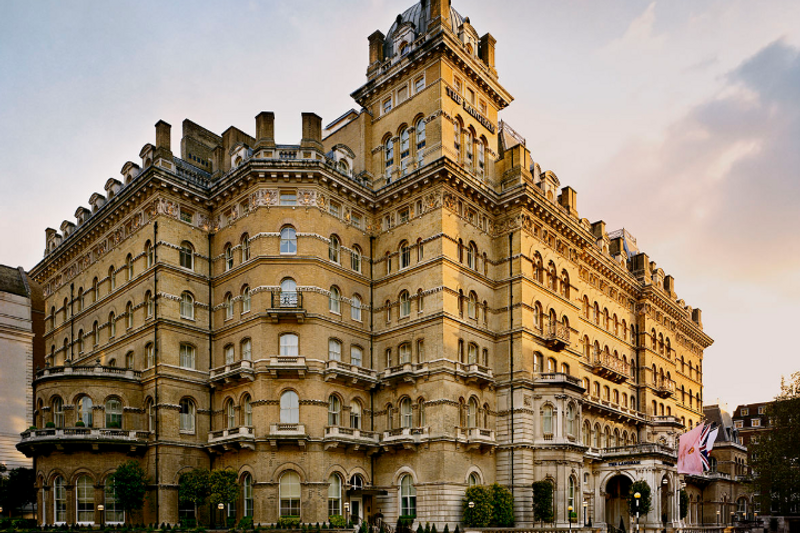
Hotel Café Royal
In the early 1890s and 1920s, Regent Street was a popular meeting place for the London literati. For Oscar Wilde, a writer who once said “Anyone living within their means suffers from a lack of imagination,” the Hotel Café Royal was his ideal spot to indulge in luxury and opulence. Royalty and celebrities were also known to stop by for the gourmet French cuisine, the first of its kind in London. Rudyard Kipling, WB Yeats, and Arthur Conan Doyle, among others, were also regulars and would spend hours in deep conversation at marble tables or on plush velvet couches. Established in 1865 at the peak of the Victorian aristocracy, the hotel is still going strong today and is considered a historical treasure of London. Over the years, the grand public rooms of the 1860s and 1920s have been painstakingly preserved while new, more modern rooms and suites have been added, resulting in classical elegance.
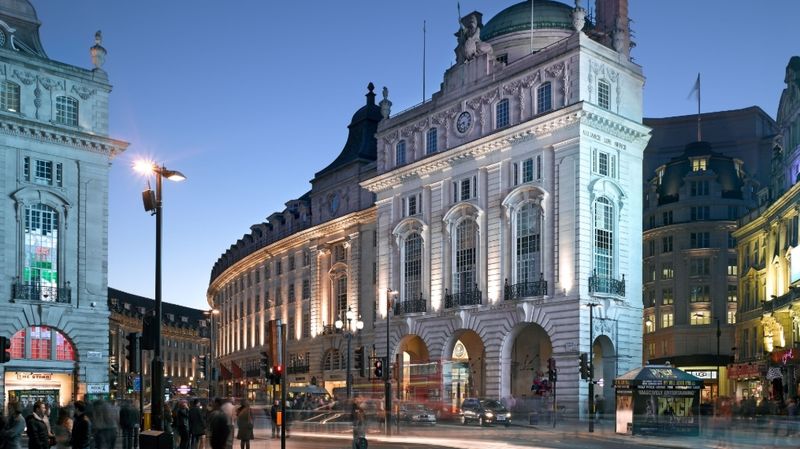
Bloomsbury
Considered by many to be London’s intellectual heart is Bloomsbury in Central London. In the late 19th century, the neighborhood was known for being home to England’s most celebrated authors, including playwright Somerset Maugham who lived in a luxury flat on Chesterfield Street near Vincent Square. Also nearby is the British Museum, an impressive building that stands out with its classical façade. You’ll also find the University of London Senate House, a classical style building that inspired George Orwell’s setting for the Ministry of Truth in his novel 1984. The neighborhood was also quite fashionable at the time and was used as the backdrop to William Makepeace Thackerary’s novel Vanity Fair. Charles Dickens was also taken with the area and immortalizes Coram Street in Little Dorrit. With his former address of 48 Doughty Street close by, Dickens fans will get the chance to see his home up close.
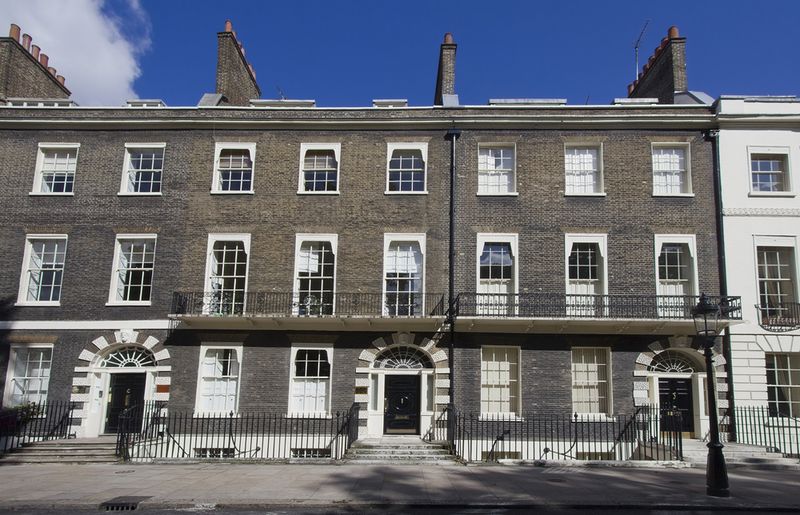
Brown’s Hotel
In the 1965 Miss Marple novel At Bertram’s Hotel, the legendary mystery writer Agatha Christie describes Brown’s Hotel as an oasis of old-fashioned calm in the heart of London’s bustling West End. Located on Albermarle Street in the Georgian neighborhood, the hotel’s English Tea Room was one of Queen Victoria’s favorite places to take afternoon tea. And if it is fit for royalty, the literati are sure to follow. For a traditional English experience, bring your British manners and Sunday best to partake in sandwiches, scones, and 17 different kinds of tea. With its original wood paneling and antique fireplace, get swept away in one of London’s historic landmarks. Every September, they host Agatha Christie Afternoon Tea, an event inspired by her life’s work. Indulge in treats like Miss Marple’s orange and poppy seed cake, black coffee tiramisu, and clotted cream.
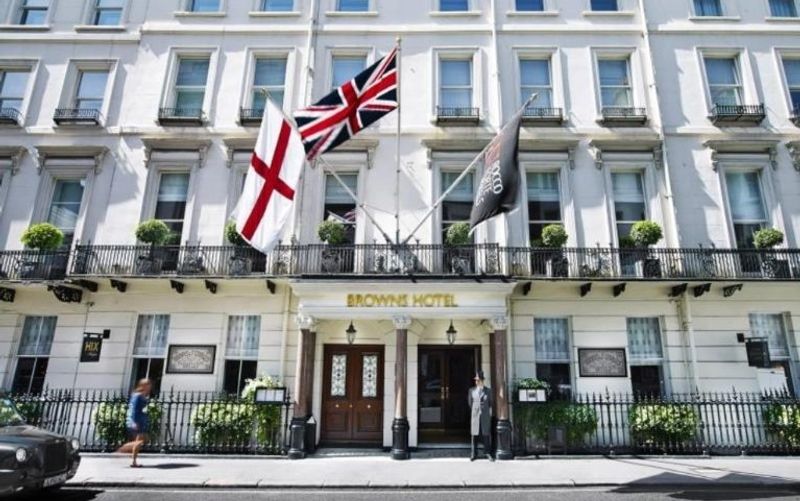
Advertisement
Fitzrovia
It wasn’t until the Second World War that London finally named the neighborhood of Fitzrovia, the square formed at Gower Street, Euston Road, Oxford Street, and Great Portland Street. In the center of the action is Fitzroy Tavern, the area’s trendy drinking spot, especially in the 40s. The pub was so popular that it happily lent its name to the neighborhood. Writer Patrick Hamilton described the tavern with nostalgia and affection in Plains of Cement, the third part of his London trilogy, Twenty Thousand Streets Under the Sky: “The respectable, residential precincts of Regent’s Park, the barracks and lodging houses of Albany Street, the grim senility of Munster Square, the commercial fury of the Euston and Tottenham Court Roads…” Set to reopen in Spring 2006, the Victorian tavern is currently undergoing restorations to return it to its original 19th century splendor.
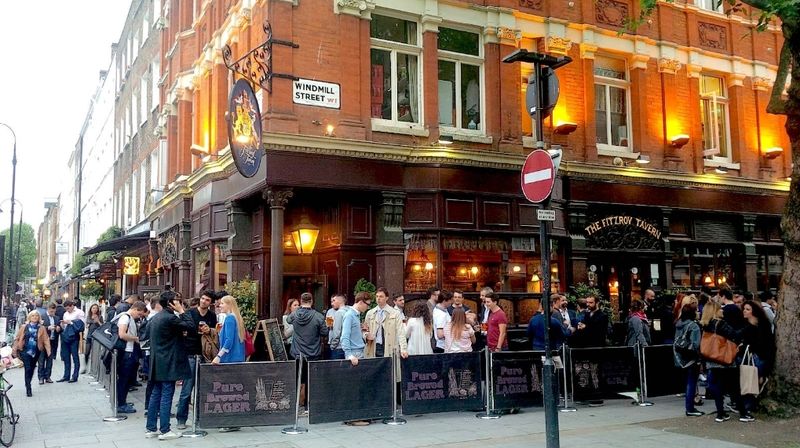
Lincoln’s Inn Fields
The beloved open space of Lincoln’s Inn Fields offers a respite from the crowded streets of Drury Lane and Clare Market nearby. It is also one of the largest public squares in London. Construction began in piecemeal around the 15th century and began in full force in the 17th century under the command of James I. The cherished historical landmark also contains the Lindsey House on the west side of the square, a building that still retains its original exterior. Today it is divided into law offices but back in the day, several aristocratic families resided here, including the Earls of Lindsey and the Dukes of Ancaster. Dickens also used it as the setting for the home and offices of lawyer Tulkinghorn, one of his most sinister characters in Bleak House. In the novel, he describes the building as “…a large house, formerly a house of state…[where] lawyers lay like maggots in nuts.”
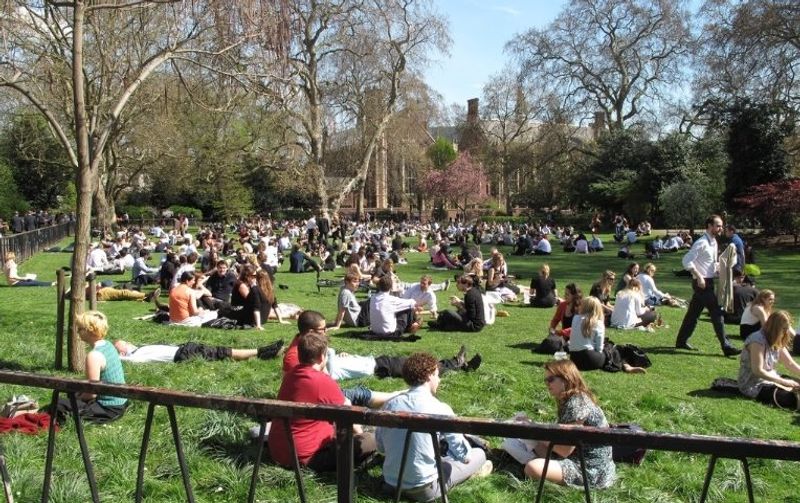
The Ambassadors Theatre
During the First World War, the people of London did their best to boost morale during the worst of times and a favorite distraction was the theatre. After all, even if the world is falling apart, the show must go on, and in this case it was the construction of the Ambassadors Theatre in 1913. While the battles waged, Londoners sought refuge with the ‘intimate’ review, a new form of entertainment brought from Paris and featuring a scantily clad Alice Delysia, a celebrated French beauty. The Edwardian style theatre was also the West End stage debut of a 22-year old Vivien Leigh who performed in Eugene O’Neil’s The Mask of Virtue in 1935. In the 50s, Londoners celebrated their dame of mystery novels, Agatha Christie, in the debut of The Mousetrap, which ran until 1974. With a run of nearly 50 years, it retains the title of London’s most popular play.
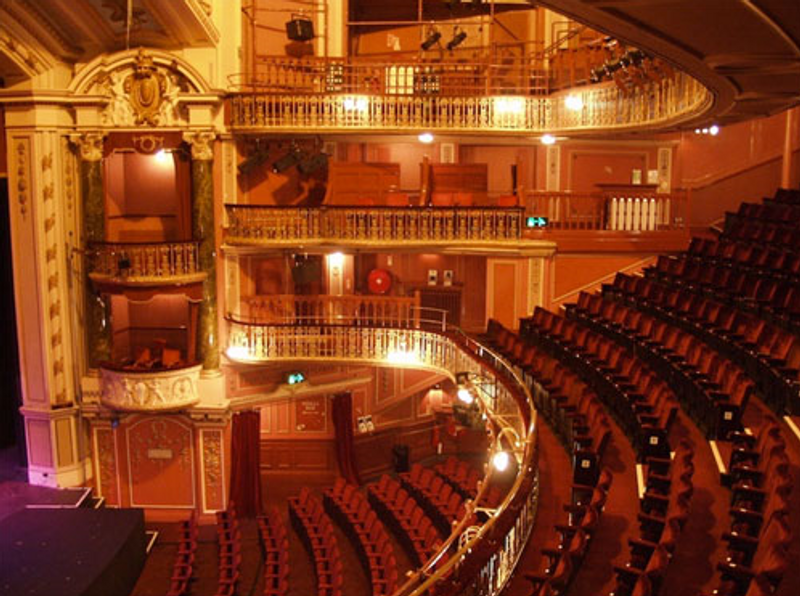
Victoria Embankment Gardens
Situated on the narrow strip of land between the Strand and the river Thames is the Victoria Embankment Gardens, one of London’s best-kept secrets. Dating back to the 1860s, the area is relatively new compared with most neighborhoods in the city. The rows of benches facing the river were often populated with homeless people or the occasional lover’s tryst, which is the case in the Somerset Maugham novel Liza of Lambeth. George Orwell was one of society’s outcasts in the 1930s and often slept here when he couldn’t afford to pay rent. He describes his experience on the embankment in his first novel Down and Out in Paris and London. The best time to visit is on a sunny spring day when the flowers are in bloom. Join the locals on the grass for a picnic lunch or grab a coffee at the café in the main garden.
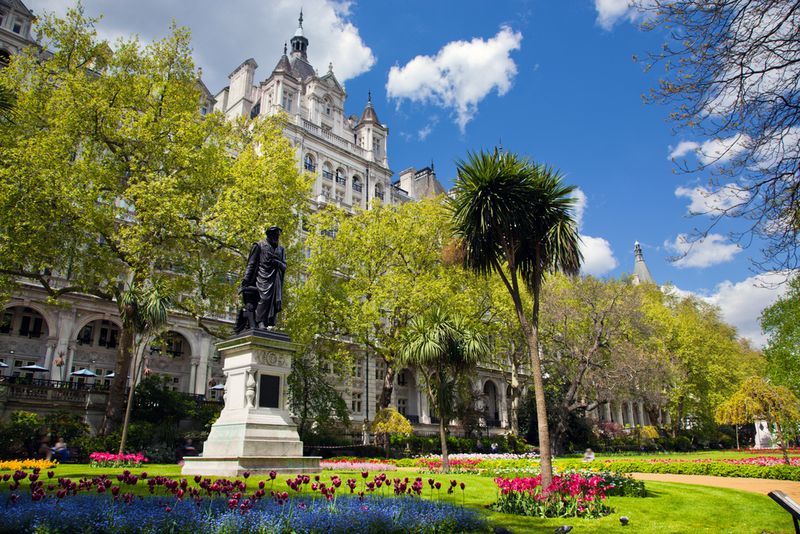
Oxford Street and Marylebone
In the 19th century, Oxford Street and Marylebone was the stomping grounds of literati like Virginia Wolf and Elizabeth Barrett Browning, both who had childhood homes in the neighborhood. For Thomas De Quincey, it was the place where he picked up all his bad habits, including his laudanum addiction. As a teenage runaway, he would walk aimlessly down busy Oxford Street with his young friend Ann, a prostitute. Although he had mixed feelings about the street, he looks on his formidable years with nostalgia in Confessions of an English Opium Eater. Around the corner on Marylebone Street is St. Marylebone Parish Church, a historical landmark that dates back to 1817 and the notable architect Thomas Hardwick. Situated across from Regent Park, the Anglican church sat in peaceful repose until the Blitz of the Second World War when a bomb fell close by, causing extensive damage to the windows.
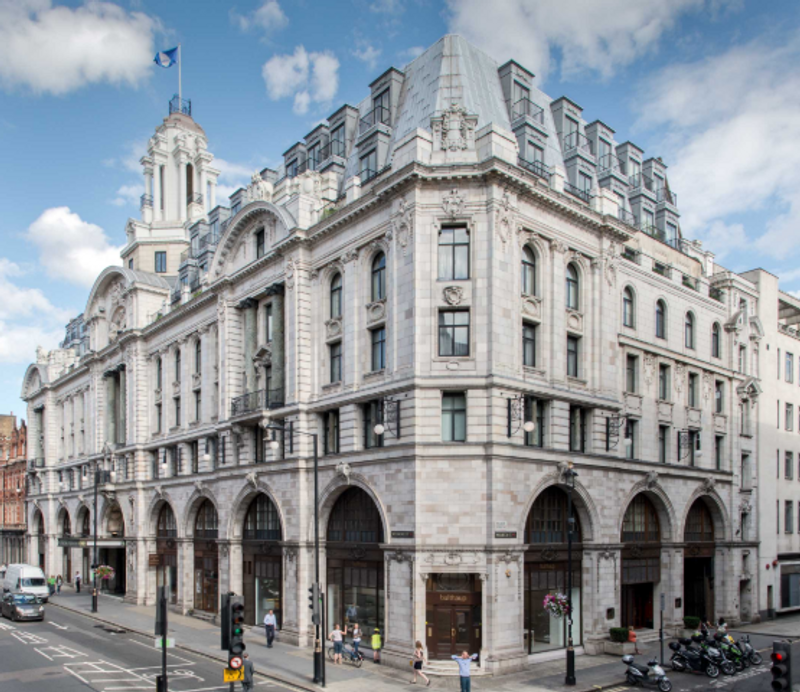
Advertisement
Coach and Horses
On the corner of Greek Street and Romilly Street is Coach and Horses, a Soho institution and a favorite hangout for columnist Jeffrey Bernard. The bohemian writer was known for his weekly installments that chronicled the dark side of gambling and drinking. Often called out for his heavy drinking, Bernard would say “…it has never interfered with my work, though my work has occasionally interfered with my drinking.” Bernard went on to gain celebrity status in the neighborhood after the success of Keith Waterhouse’s play Jeffrey Bernard is Unwell, the same note that the Spectator used to print when he was too hung-over or drunk to write his column. People would come from all over to buy him a drink and then be told to piss off, but his rudeness became a legendary fixture of London. Today, the pub’s latest claim to fame is having the title of the first vegetarian pub in London.
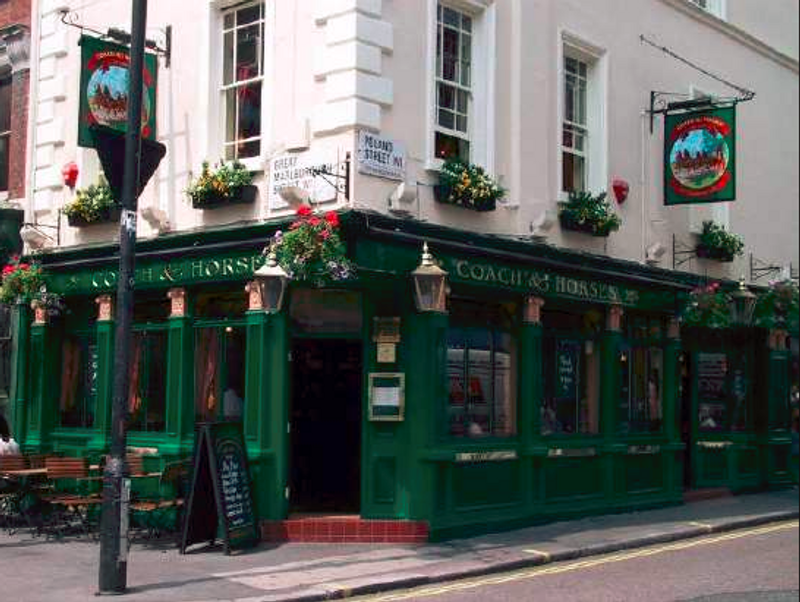
Advertisement